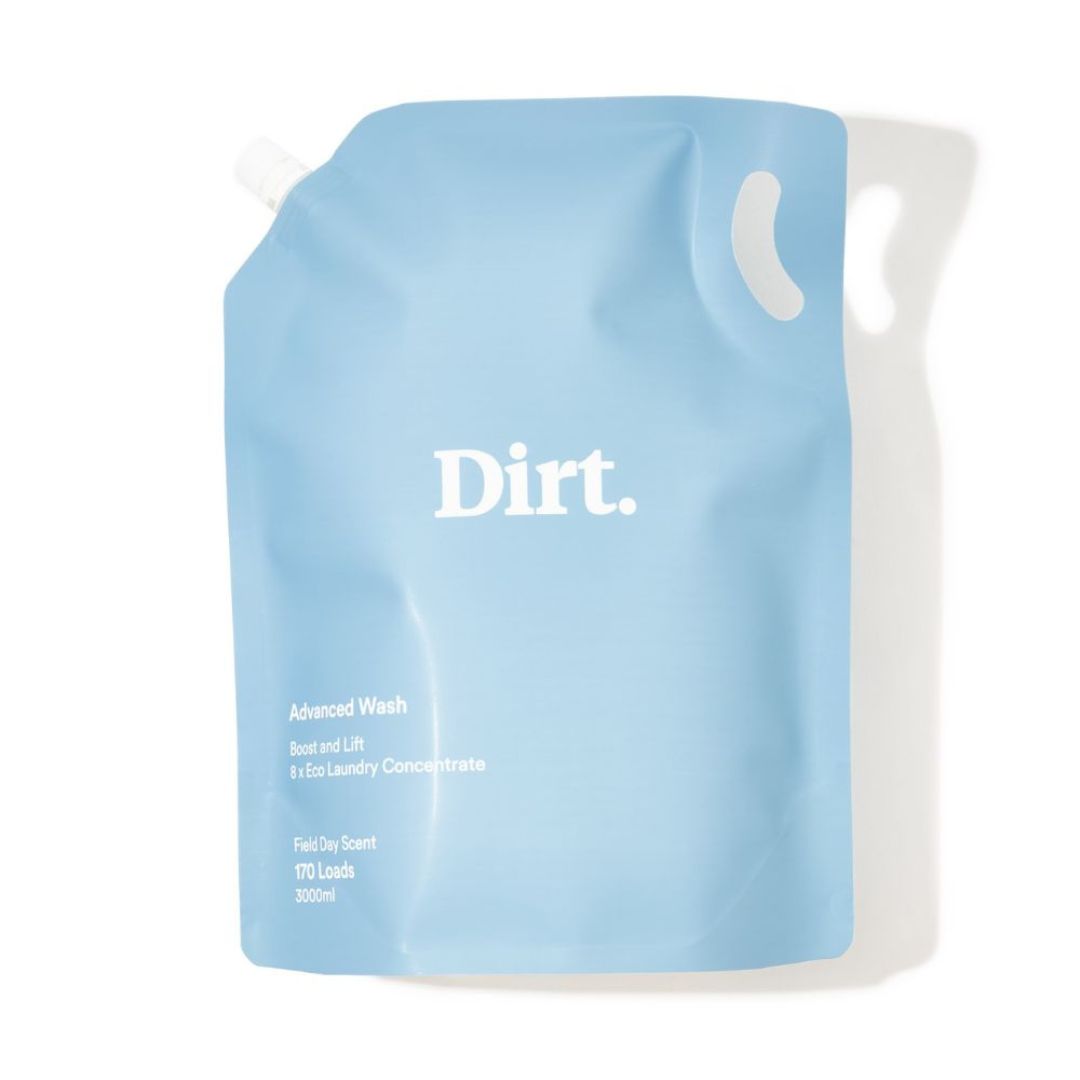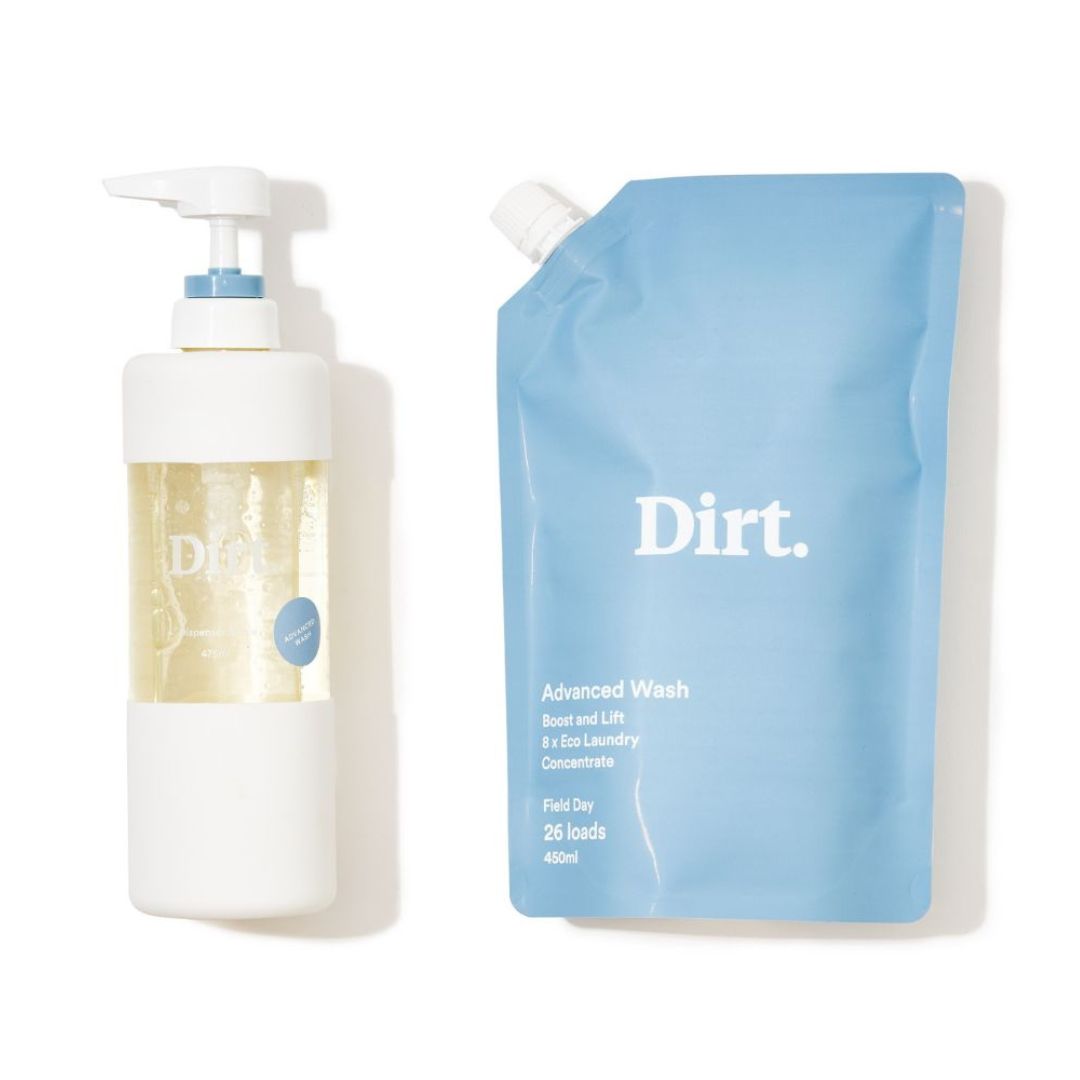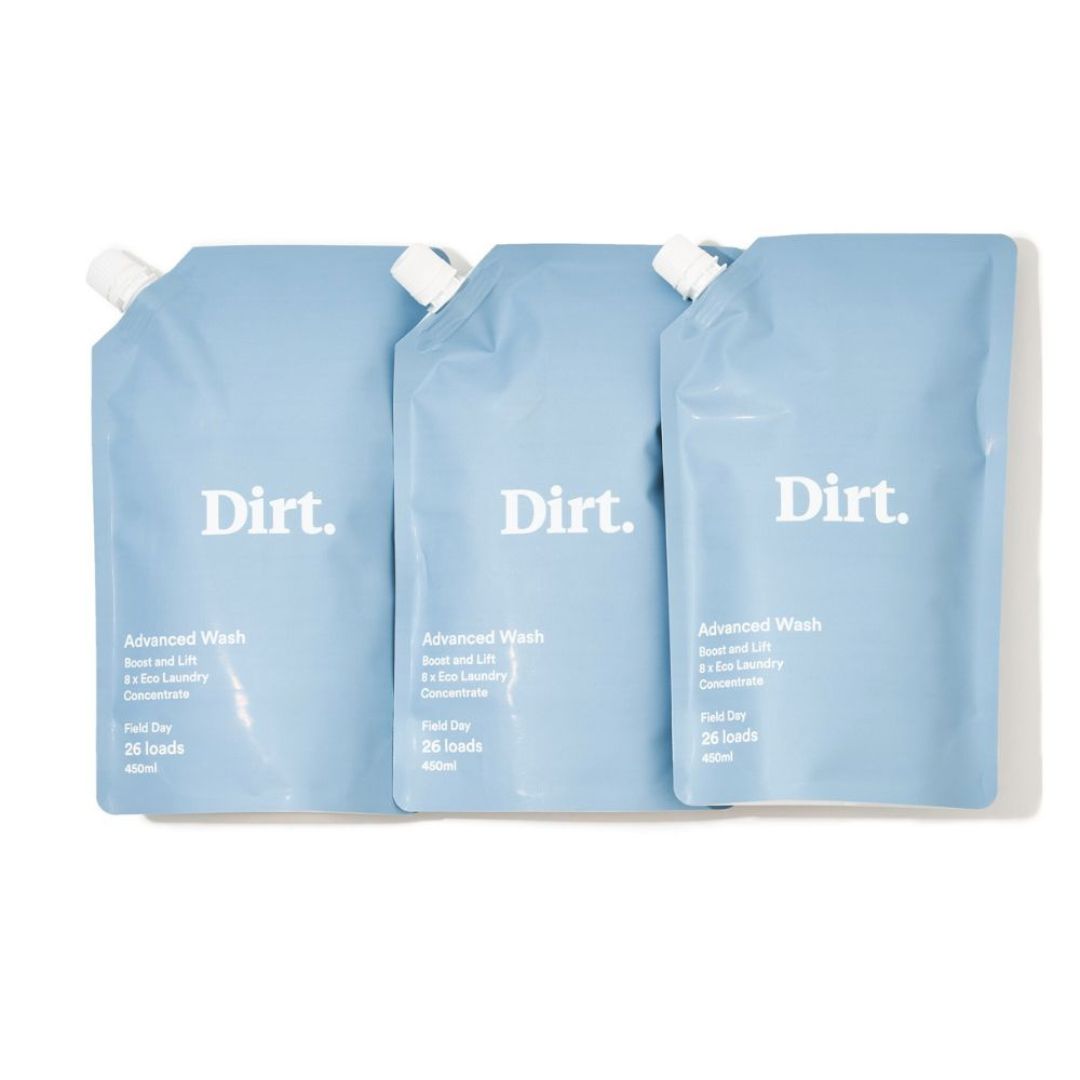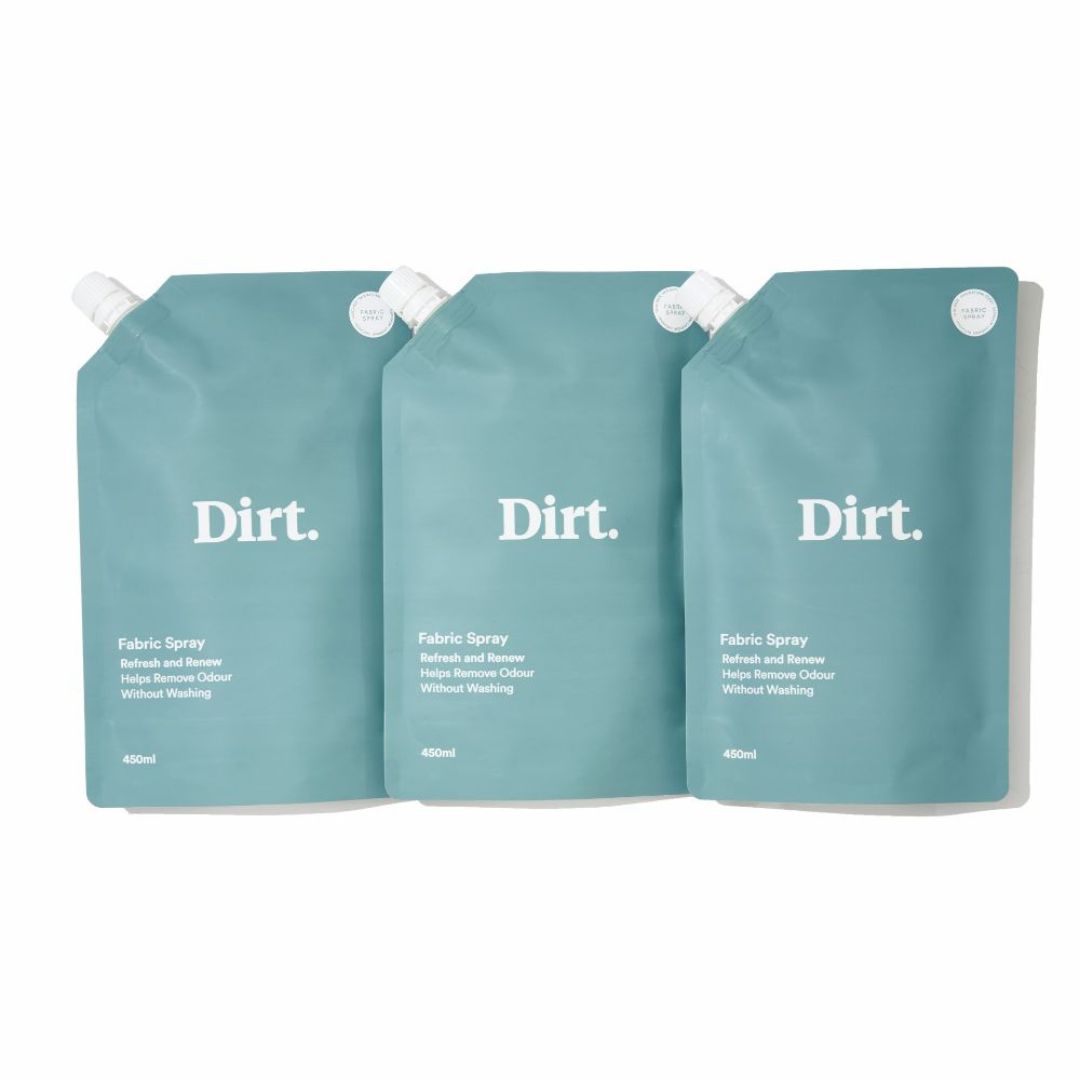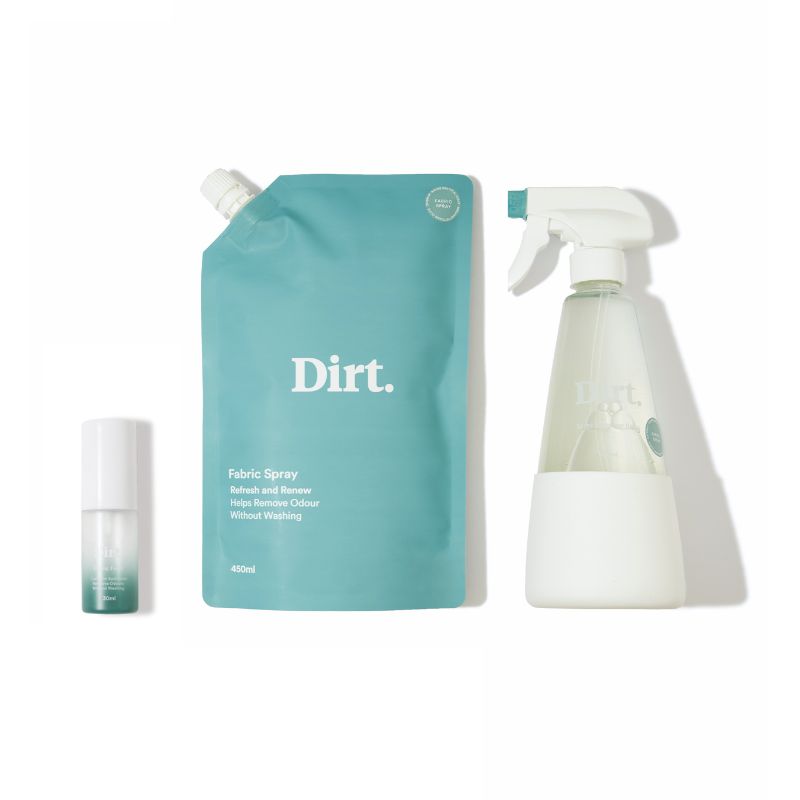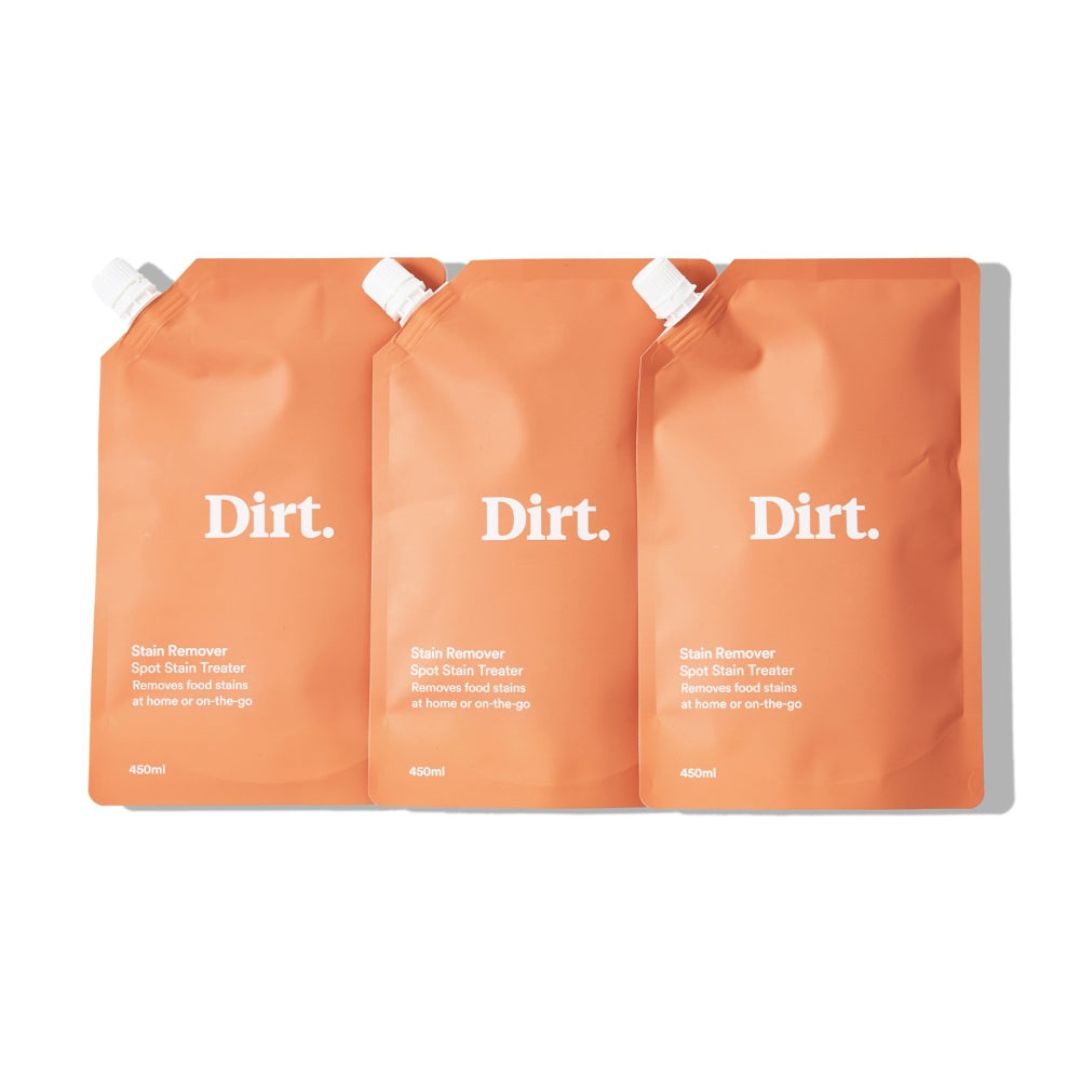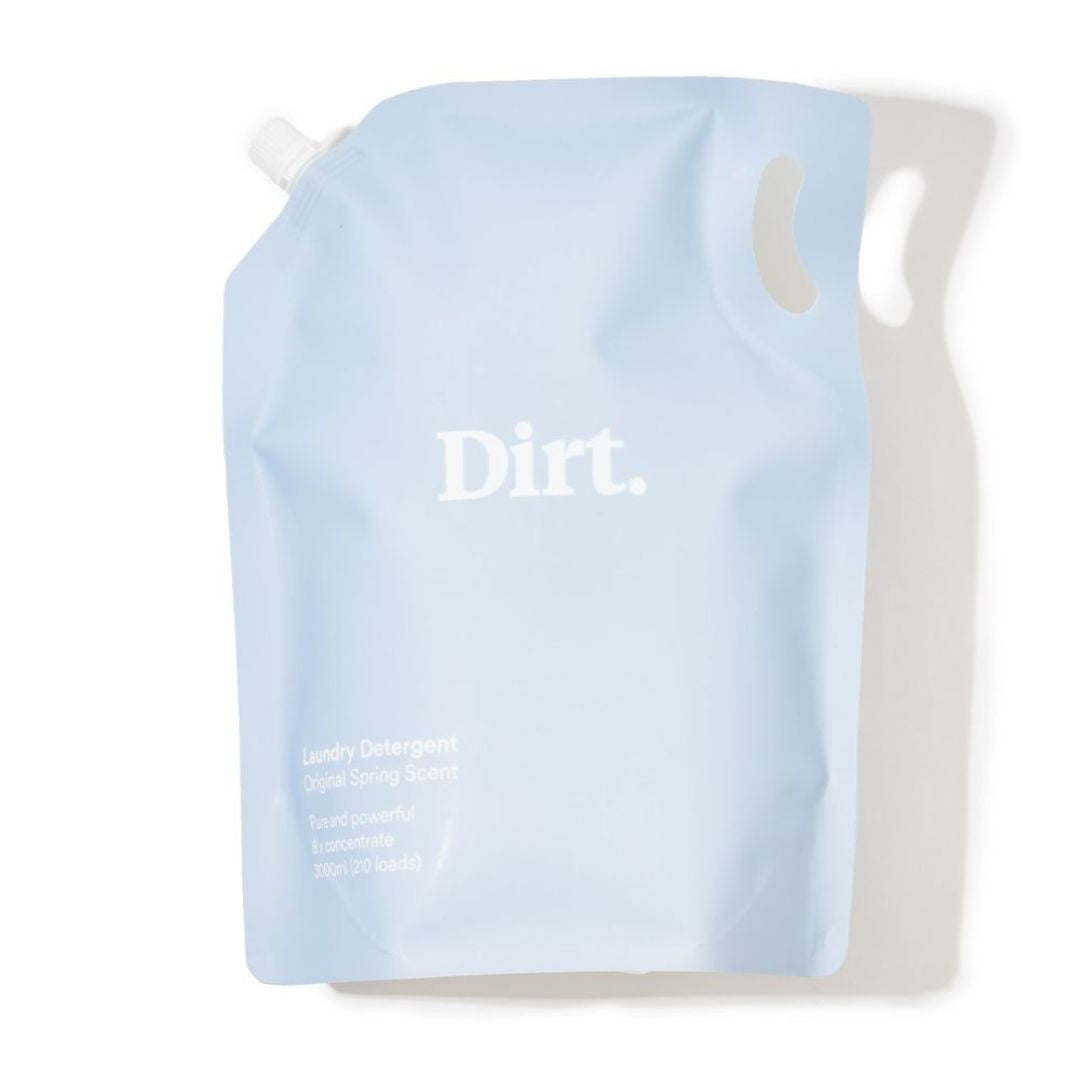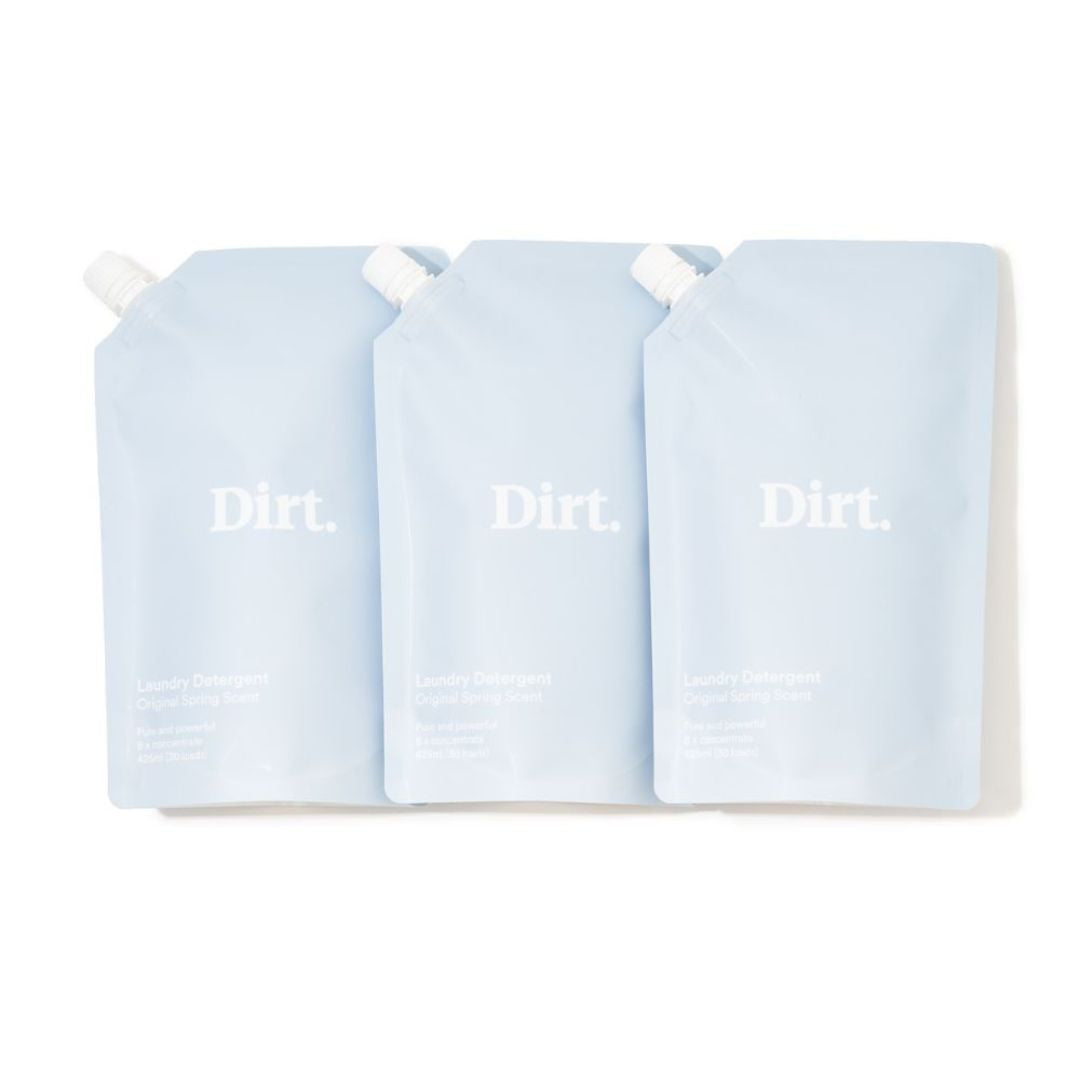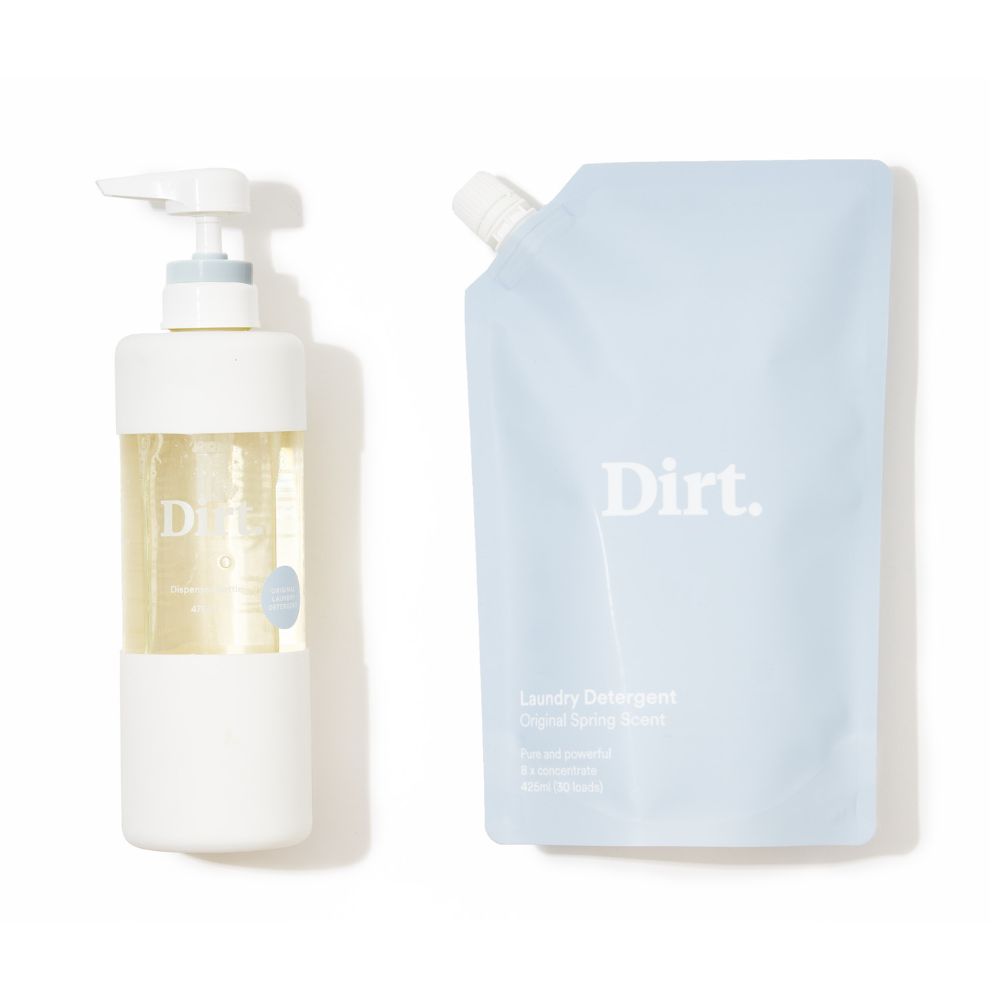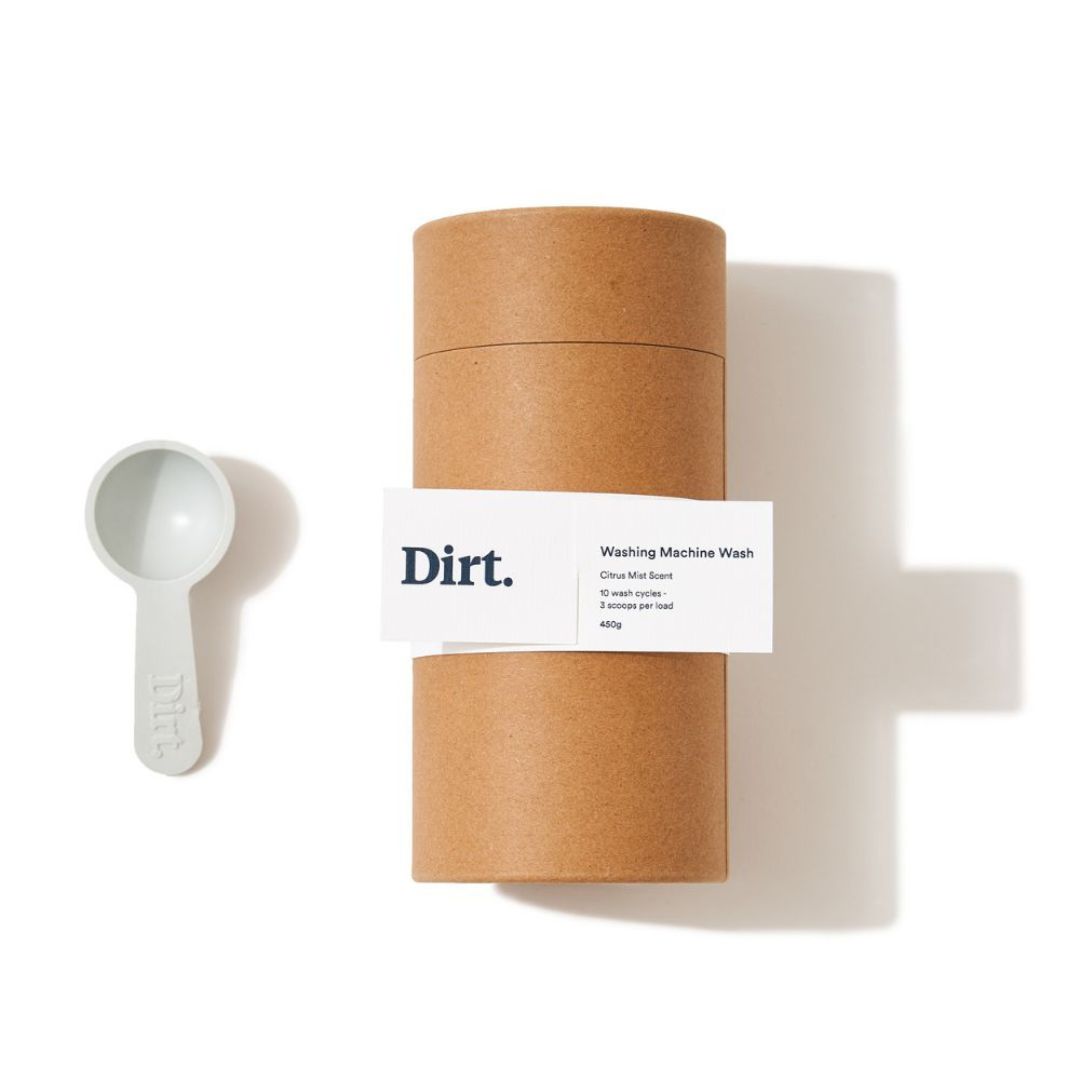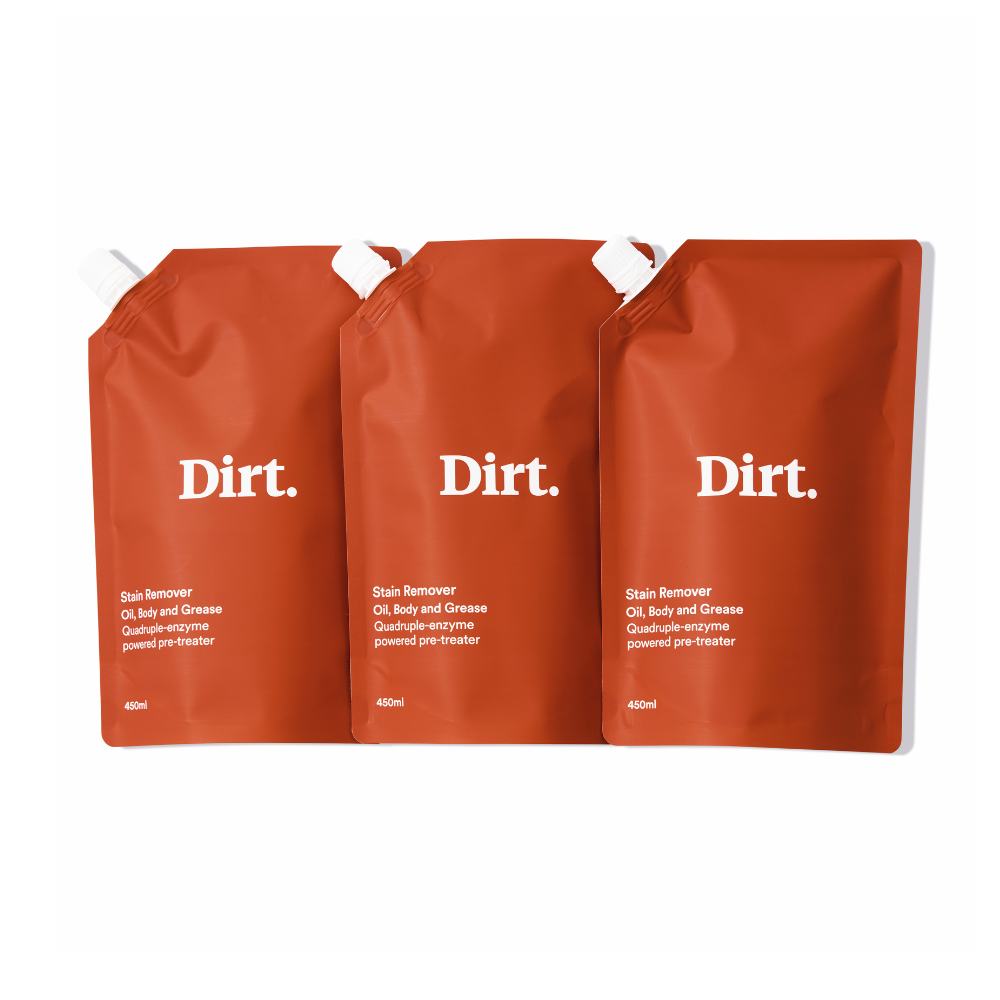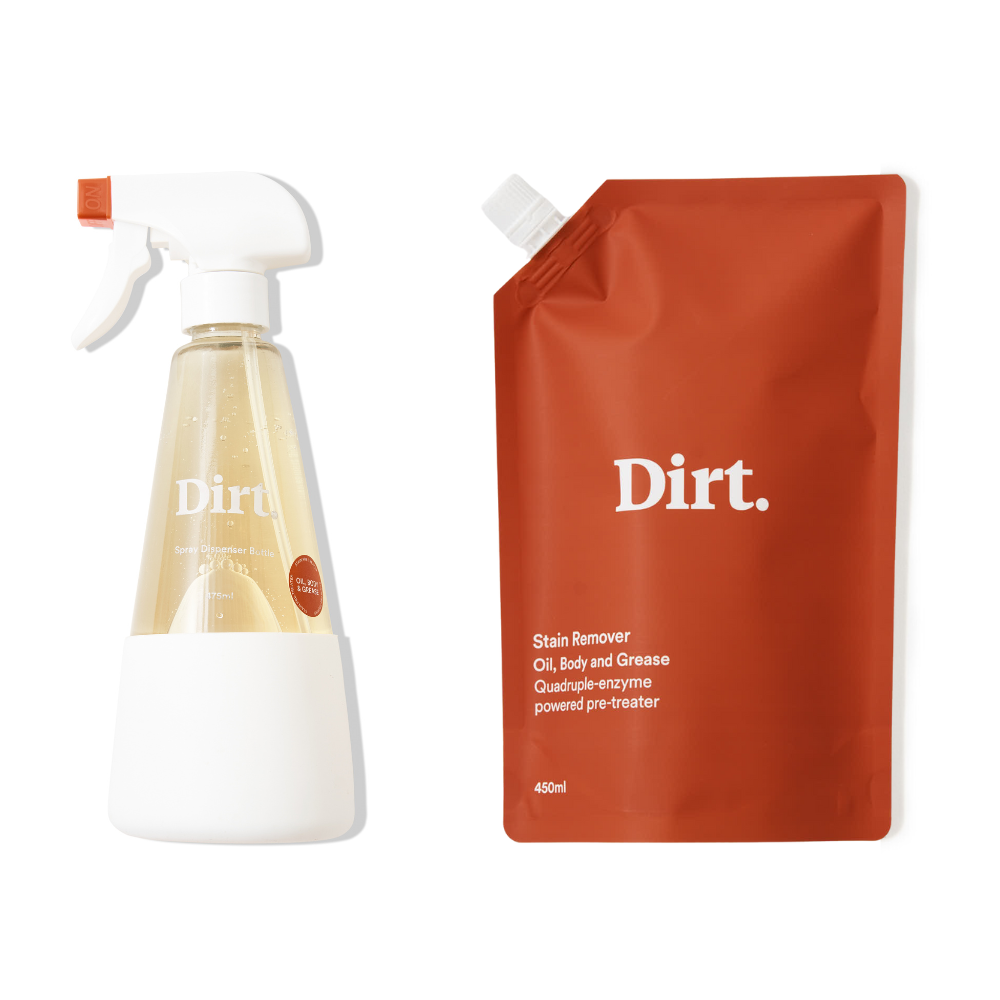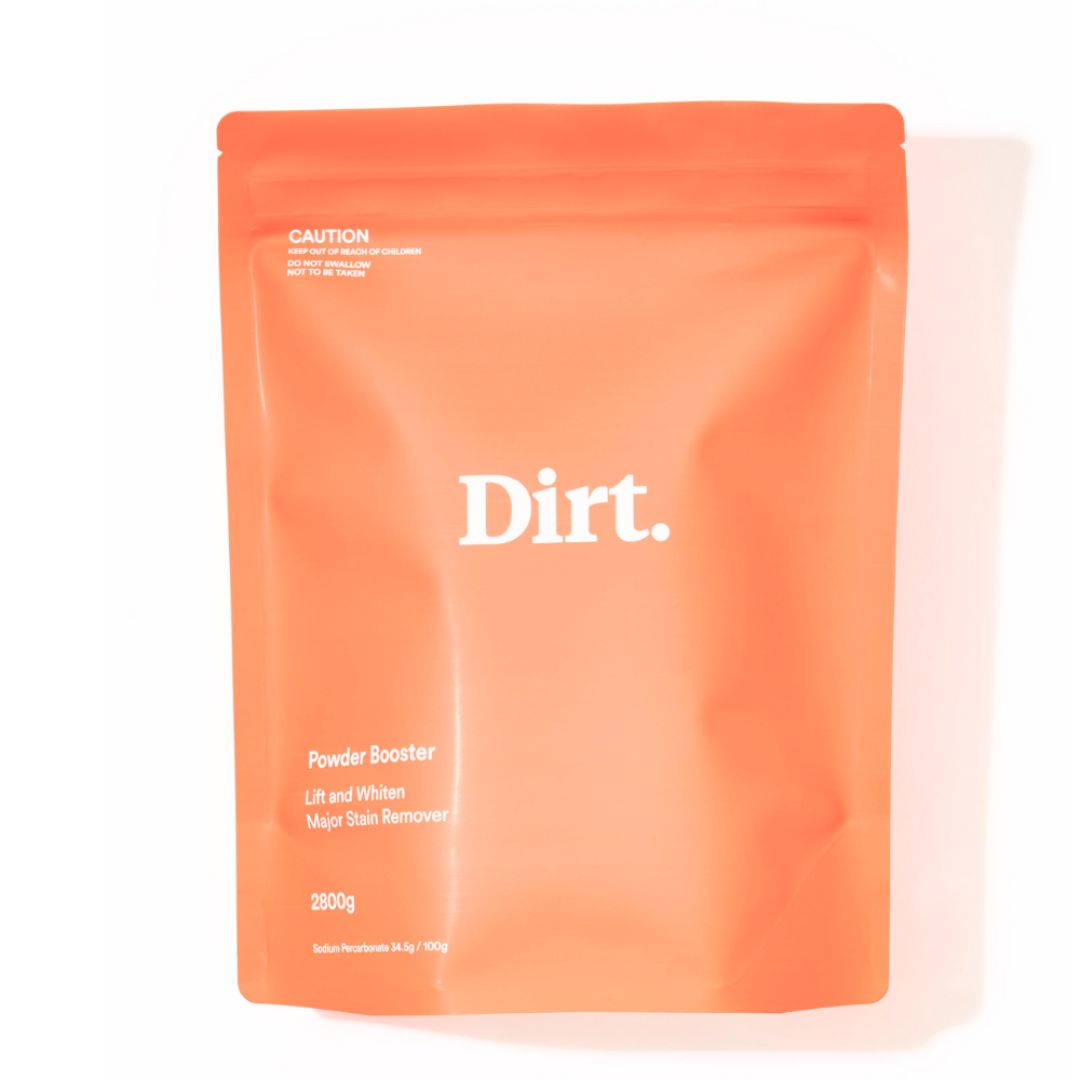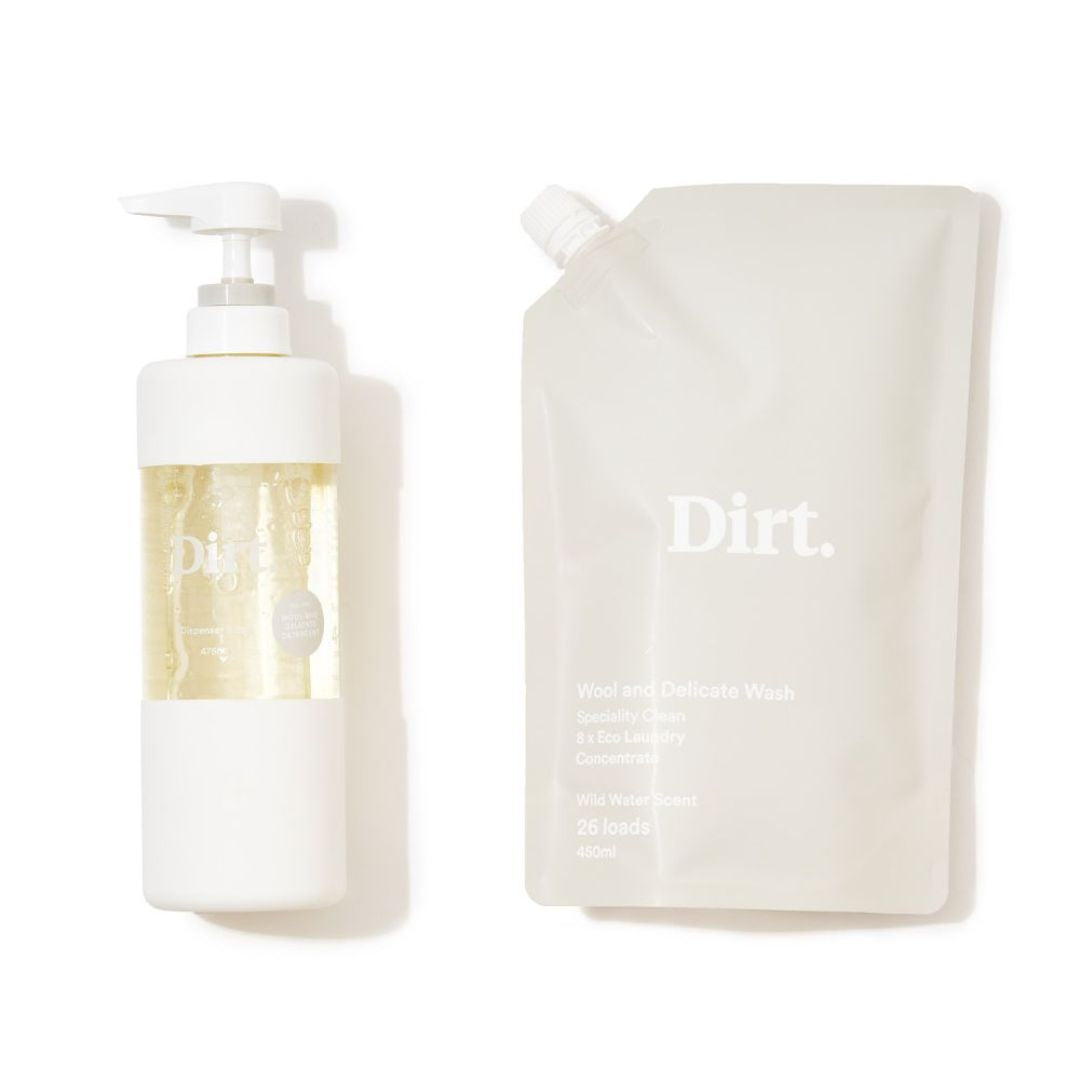The average Aussie household churns through about 5 loads of washing per week, or, spends two full days (48 hours) per year doing laundry (if you’re a speedy laundry wizard). That’s a lot of time allocated to washing clothes, so we wondered, do we as a nation have this laundry business down pat?
Well, we did some digging, and something perhaps unsurprising came out in the wash. The reason people do the laundry the way they do, from temperature settings to the type of detergents used, is because that's what was done in their house growing up.
But technology has advanced a lot since we were growing up, so we thought it might be time to enlighten you on a couple of things you've probably wondered about in a fleeting laundry moment, but never beyond.
1. All three drawers in your front loader are there for a reason.
The short drawer, marked I, is for pre-treaters. The long drawer, marked II is for your detergent. The top square compartment marked *, is for fabric softeners. Each compartment releases at a different stage of the wash cycle, giving each enough time to work, and rinse before the cycle’s end.
2. Washing at lower temperature compromises effectiveness.
Colder washes do use less energy, but they’re not suitable for all clothes. Water under 40 degrees will have trouble completely breaking down sweat particles, aka 'protein stains’, unless used with a detergent specifically formulated for cold temperatures.
This can cause grey looking clothes, which will make you think your wash has been less effective, which will probably encourage you to wash more, which is worse in terms of energy consumption. Try reserving cold temperatures for darker clothes (which will also prevent fading), but don't be afraid to go warm on whites and lights.
3. Skin allergies are likely caused by too much detergent.
The ol' ‘one for good measure’ mentality when it comes to pouring detergent into our machines... it doesn't help we PROMISE. It compromises the effectiveness of the wash (particularly in front loaders), and it can cause skin irritation. If you use more than specified by the manufacturer, then chances are there’ll be chemical residue left on your clothes after the final rinse, which will upset more than your clothes.
4. Bleaches eat elastics.
If you use bleach to keep your undergarments shiny, but can’t work out why the bum of your undies are saggy; the answer is bleach. Bleaches eat elastics, so cease and desist! You’re better off with a brightener.
If there's anything else you think is worth sharing, drop us a line and let us know.


